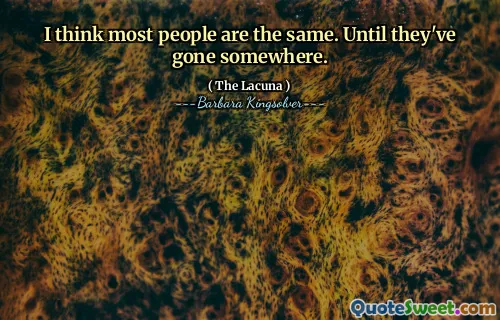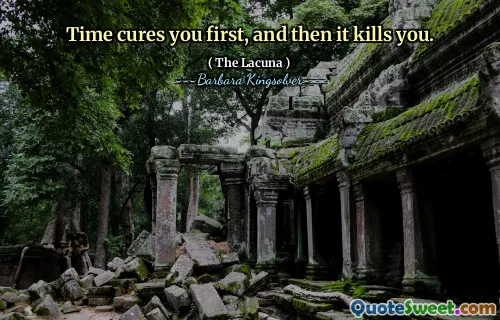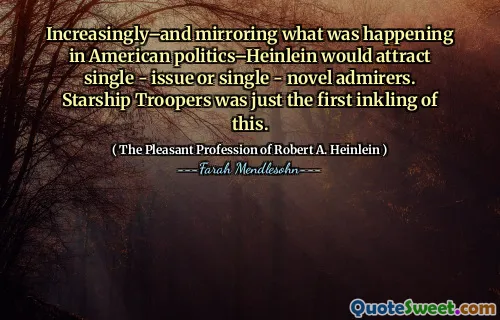Zola wrote that the mendacity of the press could be divided into two groups: the yellow press lies every day without hesitating. But others, like the Times, speak the truth on all inconsequential occasions, so they can deceive the public with the requisite authority when it becomes necessary.
Zola critiques the press's dishonesty by categorizing it into two distinct types. The first group, represented by the yellow press, regularly disseminates lies without any reservations. This overt approach undermines the trustworthiness of media outlets that engage in sensationalism for profit.
In contrast, the second group, exemplified by reputable publications like the Times, often presents the truth but selectively. By doing so on trivial matters, they build credibility that allows them to mislead the public on more significant issues when needed, thus manipulating perception while maintaining an appearance of reliability.







